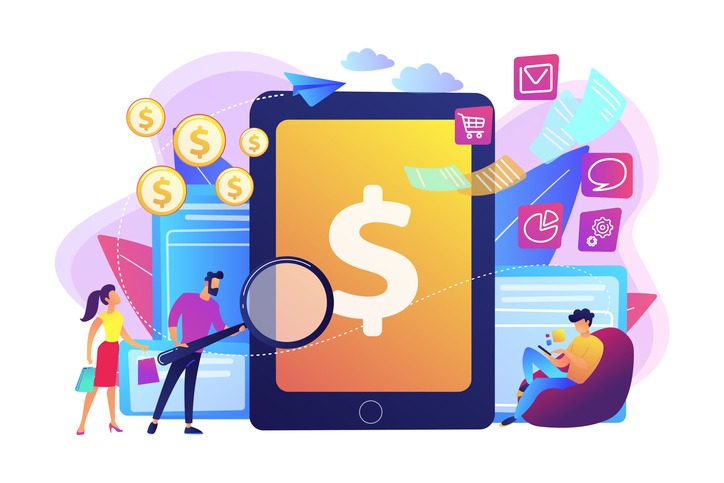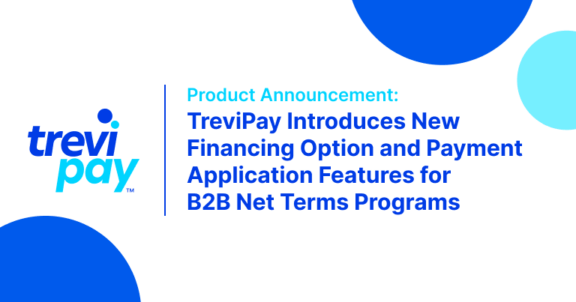News & Insights · Approx. 2 minute read
Invoices can add cure cards’ liquidity problem for small businesses

When it’s time to pay up, commercial buyers may be in for a pleasant surprise when purchasing online. The launch of Amazon’s Pay By Invoice feature last year opened the door for more flexible B2B payment schedules. Rather than relying on credit cards, qualified buyers have the luxury of purchasing on payment terms.
As the eCommerce payments landscape evolves, businesses looking to follow in the footsteps of Amazon should consider the unique needs of B2B buyers. Exploring what invoicing may mean to both sides of a transaction, along with the steps you can take to forge a stronger relationship between sellers and buyers, may help pave the way for success.
Cash flow is often a top concern for sellers – and it’s easy to see why. Thin margins and lengthy payment cycles can make cash flow challenging. According to a study from JP Morgan Chase, one out of four small businesses have cash reserves that will last less than two weeks. In addition, extending credit puts a strain on the accounts receivable team – determining credit worthiness, onboarding customers and chasing down past due invoices.
Even with all these challenges, not extending terms isn’t an option either. It provides more purchasing power to buyers, leads to greater profits for sellers over time and can also drive customer loyalty. Sellers looking to develop a seamless customer experience and ultimately outpace the competition need to add invoicing to their e-commerce site sooner rather than later. After all, buyers won’t wait days to be approved and onboarded when other sellers can do the same in under a minute.
Integrating invoicing into e-commerce delivers greater speed and simplicity for buyers, and it improves transparency by providing details of specific purchases and cost centers where purchases should be allocated. For example, instead of simply seeing how much an order cost, buyers can determine where the order was purchased, order and PO numbers, and view the associated invoice – among other details. Smart B2B companies can offer these details while also reducing transaction fees and freeing up working capital for their organizations.
Read the full article on PaymentsSource here.
Stay up-to-date with the latest from TreviPay
Thank you for subscribing! You will now receive email updates from TreviPay.



